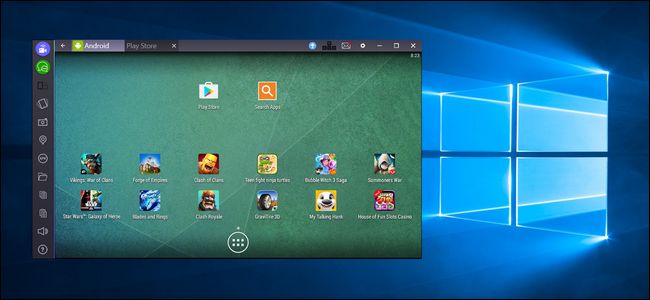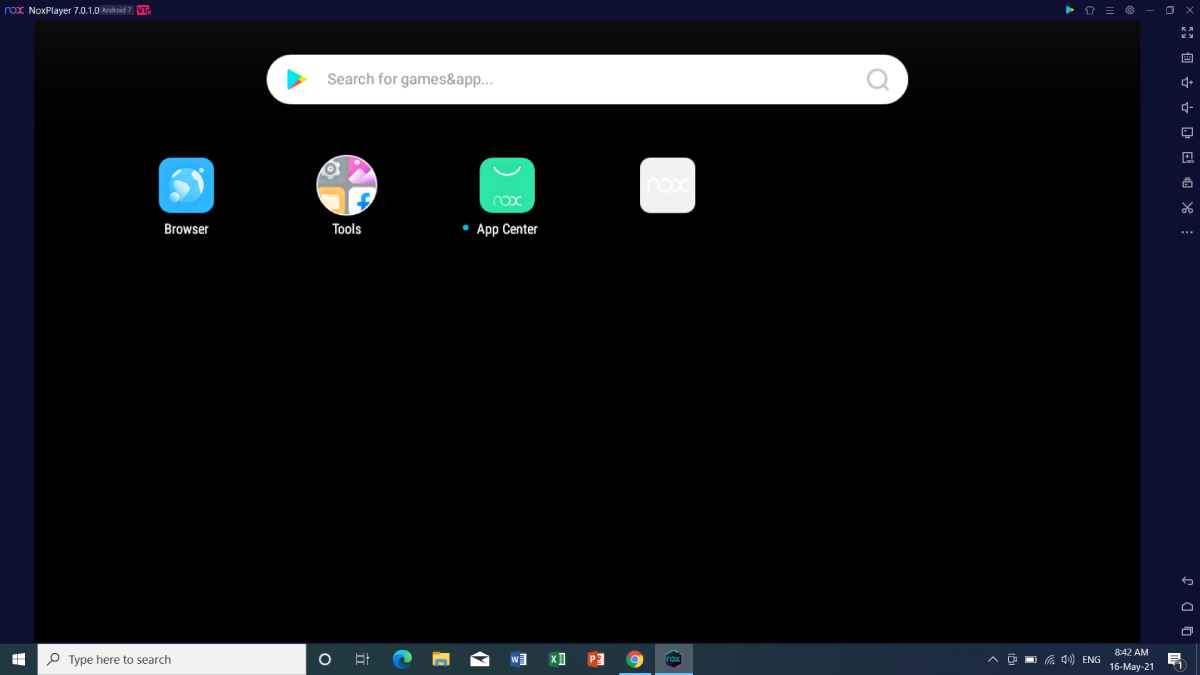

- #Best android emulator for windows 10 lifehacker how to#
- #Best android emulator for windows 10 lifehacker install#
- #Best android emulator for windows 10 lifehacker Pc#
- #Best android emulator for windows 10 lifehacker download#
Lastly, and something very important, if possible use a secondary account to log in on the emulator. It will make the performance much better. Next, uninstall the bloatware that comes preinstalled with the emulator.

This way, the emulator will take advantage of the virtualization technology.Īpart from that, if you primarily use Android Emulators for gaming then go ahead and remap the keyboard and mouse settings according to your preference. Apart from that, head over to the emulator’s Settings page and enable hardware-based acceleration. It’s extremely necessary if you want faster performance.
#Best android emulator for windows 10 lifehacker Pc#
The first tip I would give before using an Android Emulator on Windows PC is that make sure you have enabled virtualization under the BIOS settings. Pro-Tips Before Using an Android Emulator

#Best android emulator for windows 10 lifehacker install#
You can now go ahead and install games from the Play Store or any other source. Once the installation is done, simply open it and sign in with your Google account.
#Best android emulator for windows 10 lifehacker download#
Some emulators like Nox and MEmu also download additional libraries during installation. Now, click on “Next” and follow the on-screen instructions. After downloading the setup file (EXE), double-click on it and it will start the installation wizard. Emulators offer you an EXE file that can be downloaded from the link mentioned below under every emulator. Installing an Android emulator is quite easy on a PC.
#Best android emulator for windows 10 lifehacker how to#
How to Install Android Emulators on Your PC? On top of that, emulators feature all sorts of Android SDKs and dependencies so that it runs on any architecture without any issue. In fact, emulation has gotten so better that it now offers near-native performance if you have the right hardware meaning if your processor supports Kernel-based Virtual Machine (KVM), popularly known as Intel’s VT-x or AMD-V. It’s an open-source project that performs hardware virtualization by translating ARM binaries that can be understood by the Intel or AMD CPU.

So developers use something called QEMU to offer ARM on the fly. In technical terms, it’s called a container that is sandboxed and kept away from the underlying OS.Īs we all know, Android is based on ARM architecture so it gets a bit tough to mimic Android on an x86-64 machine (Intel or AMD). It’s basically a virtual machine that runs on top of Windows or any other platform - similar to Windows running on a virtual machine in Linux or using Linux on a Chromebook. Genymotion Desktop free for personal use $412/year/userĪndroid Emulators or emulation, in general, is not something new.


 0 kommentar(er)
0 kommentar(er)
